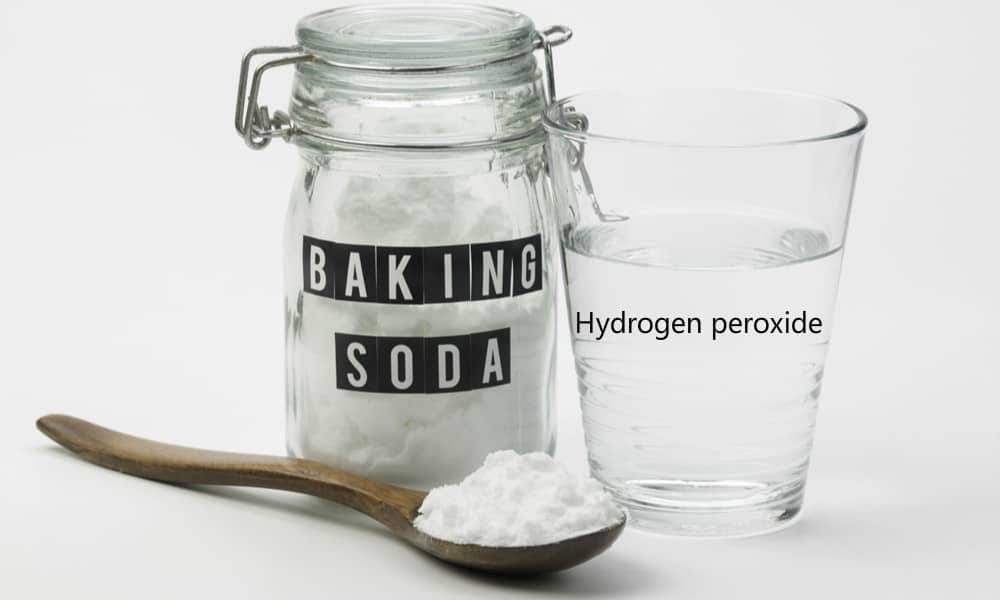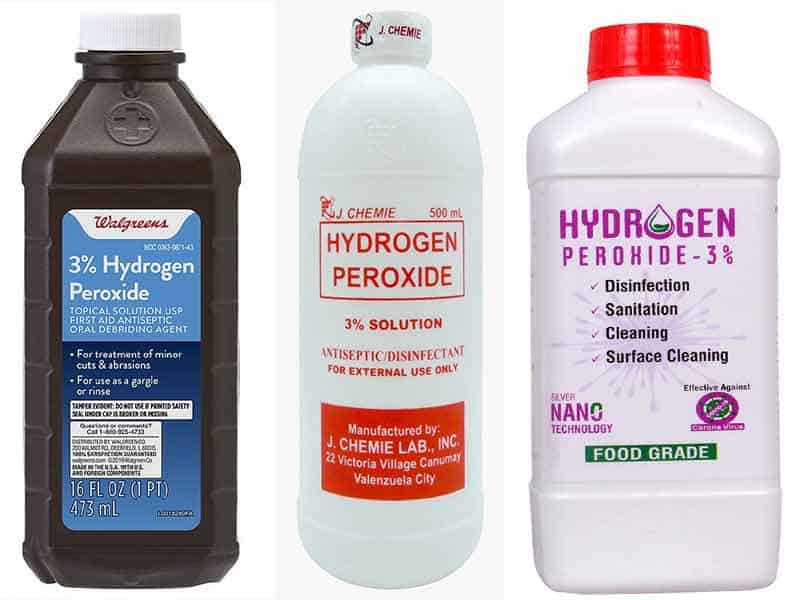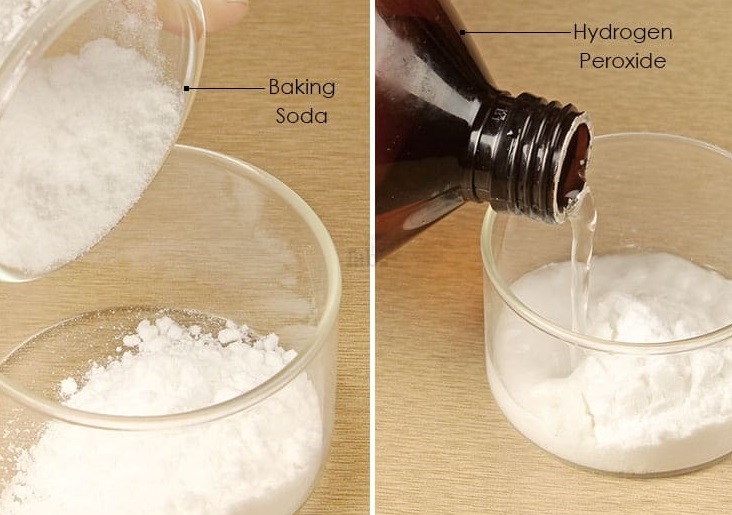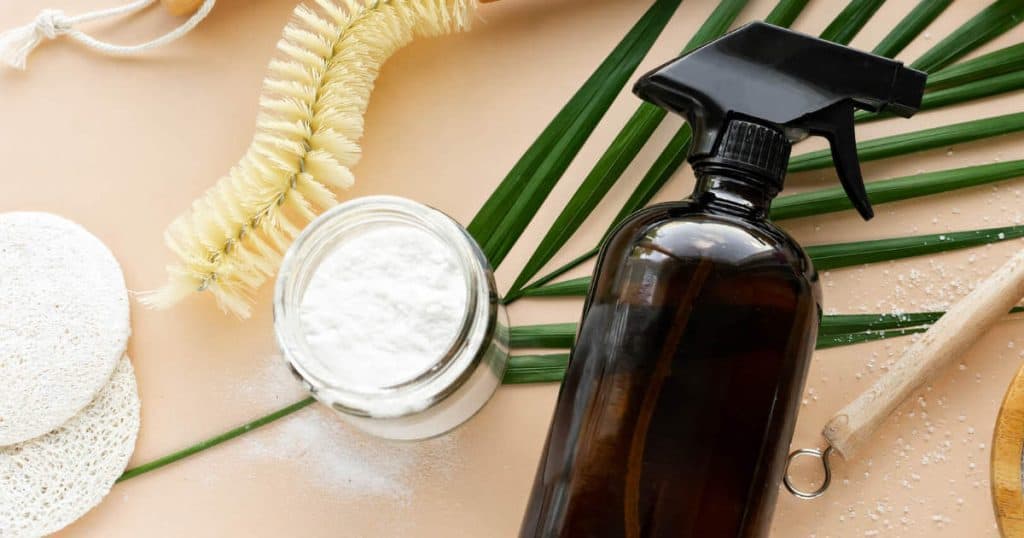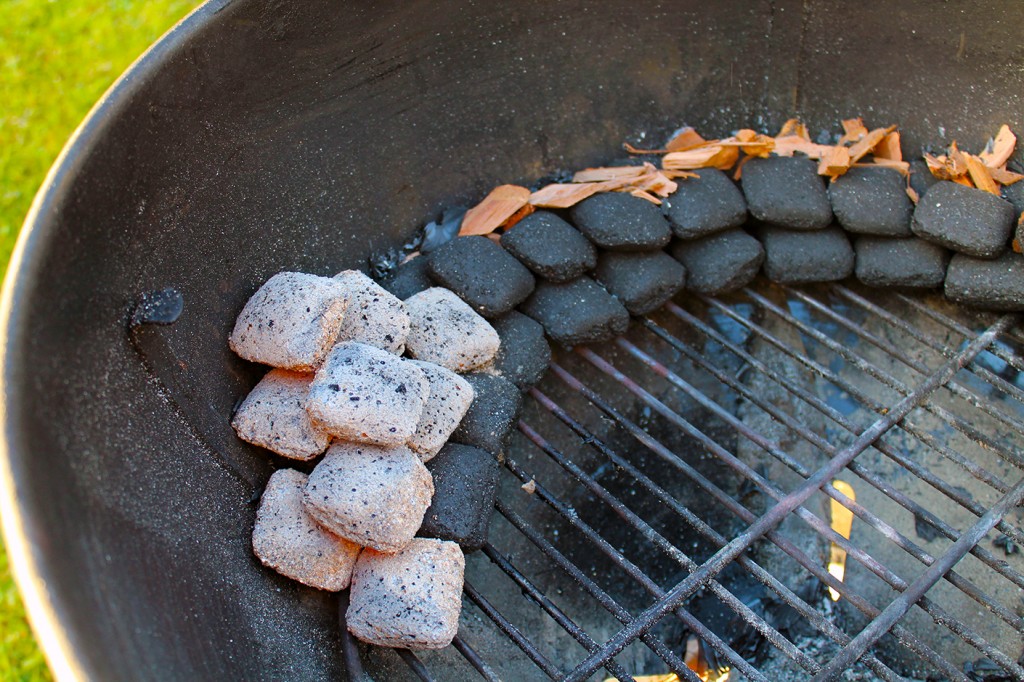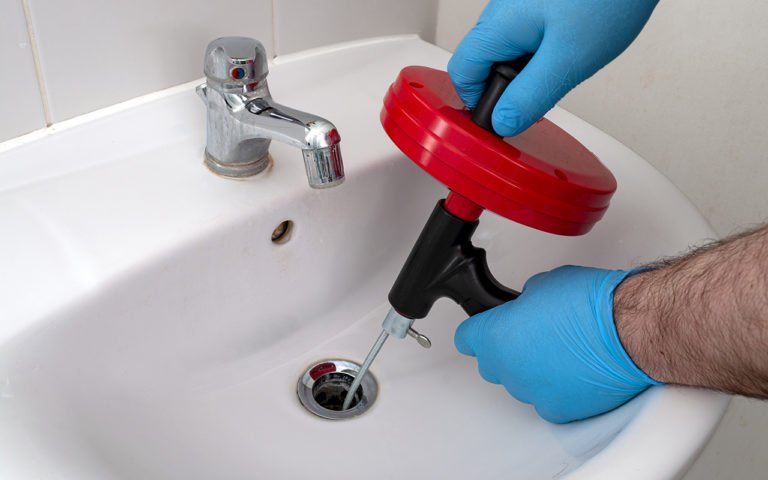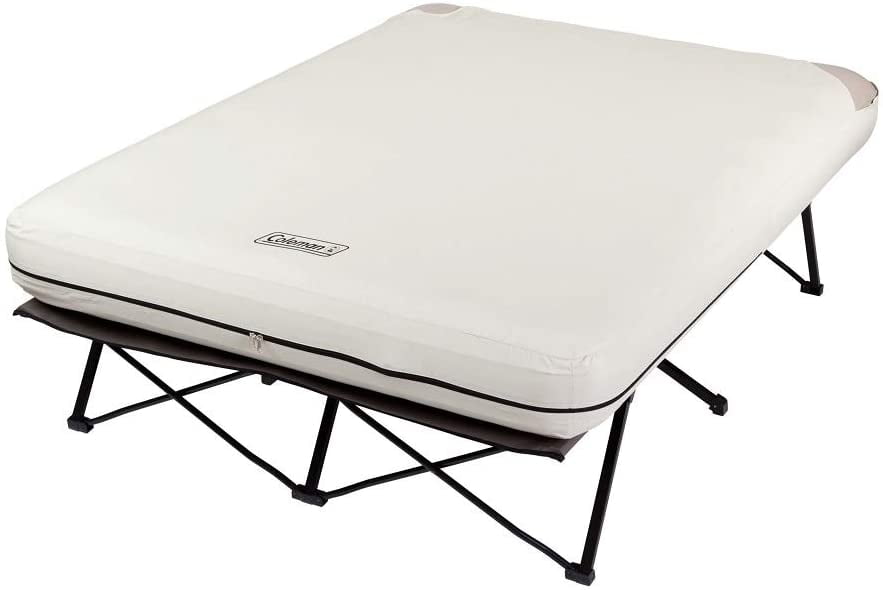One of the most popular and effective methods for unclogging a kitchen sink is using a mixture of vinegar and baking soda. This method works by creating a chemical reaction that helps break down and dissolve any clogs in the pipes. To use this method, start by pouring a pot of hot water down the sink drain to help loosen any debris. Then, mix 1/2 cup of baking soda with 1/2 cup of vinegar and pour it down the drain. Let it sit for a few minutes before pouring another pot of hot water down the drain to flush out the mixture. This method is not only effective, but it is also environmentally friendly and safe to use in homes with septic systems.1. Vinegar and Baking Soda Method
If the vinegar and baking soda method doesn't work, you can try using a plunger to unclog your kitchen sink. This method works by creating suction to push the clog through the pipes. To use this method, make sure to cover the overflow drain with a wet cloth or towel. Then, place the plunger over the drain and push down firmly and quickly. Repeat this motion a few times until the clog is dislodged and the water starts to drain. It's important to note that this method may not work for severe clogs or clogs in deeper parts of the pipes.2. Plunger Method
If you have a minor clog in your kitchen sink, simply pouring boiling water down the drain can help dissolve and flush out the obstruction. This method is quick, easy, and can be done with items you likely already have in your kitchen. To use this method, boil a pot of water and carefully pour it down the drain. You may need to repeat this a few times to fully clear the clog. Keep in mind that this method may not be effective for tougher clogs and may also damage older pipes, so use with caution.3. Boiling Water Method
Similar to the boiling water method, using a mixture of salt and hot water can also help unclog a kitchen sink. Salt is a natural abrasive that can help break down and dissolve grease and other buildup in the pipes. To use this method, mix 1/2 cup of salt with a pot of hot water and pour it down the drain. Let it sit for a few minutes before flushing it out with another pot of hot water. This method is best used for minor clogs and may not be effective for tougher obstructions.4. Salt and Hot Water Method
If you have a clog caused by grease or oil buildup in your kitchen sink, using dish soap and hot water can help break it down and clear the clog. Dish soap is designed to cut through grease and oil, making it an effective solution for this type of clog. To use this method, mix a few tablespoons of dish soap with a pot of hot water and pour it down the drain. Let it sit for a few minutes before flushing it out with more hot water. Keep in mind that this method may not work for other types of clogs and may leave your sink temporarily greasy, so be sure to thoroughly rinse it out afterwards.5. Dish Soap and Hot Water Method
If you have a wet and dry vacuum, you can use it to help unclog your kitchen sink. This method works by creating suction to pull out the clog from the pipes. To use this method, cover the overflow drain with a wet cloth or towel and create a tight seal around the vacuum hose and the drain. Turn the vacuum on and let it run for a few minutes. Check to see if the clog has been dislodged and repeat if necessary. This method may not be effective for all types of clogs and may also damage older or weaker pipes, so use with caution.6. Wet and Dry Vacuum Method
If you suspect that your kitchen sink is clogged due to a buildup of hair or other debris, using a wire hanger can help remove the obstruction. This method works by hooking the hanger onto the clog and pulling it out. To use this method, straighten out a wire hanger and create a small hook at one end. Insert the hook into the drain and try to hook onto the clog. Once you have a good grip, pull the hanger out with the clog attached to it. This method may not work for all types of clogs and can potentially damage your pipes, so use with caution.7. Wire Hanger Method
If you prefer to use a chemical solution to unclog your kitchen sink, an enzyme drain cleaner can be a safe and effective option. Enzyme drain cleaners work by breaking down organic materials in the pipes, making them a great choice for clogs caused by food scraps or grease. To use this method, simply follow the instructions on the product and pour it down the drain. Let it sit for the recommended amount of time before flushing it out with hot water. Keep in mind that this method may not work for all types of clogs and may also take longer to work compared to other methods.8. Enzyme Drain Cleaner Method
If you're dealing with a particularly stubborn clog in your kitchen sink, a mixture of hydrogen peroxide and baking soda can help break it down and clear the pipes. Hydrogen peroxide is a natural disinfectant that can also help dissolve buildup in the pipes. To use this method, mix 1/2 cup of hydrogen peroxide with 1/2 cup of baking soda and pour it down the drain. Let it sit for a few minutes before flushing it out with hot water. This method may take longer to work compared to other methods, but it can be effective for tough clogs caused by hair or other debris.9. Hydrogen Peroxide and Baking Soda Method
If all else fails, using a plumbing snake can help remove a stubborn clog in your kitchen sink. A plumbing snake is a long, flexible tool that can be inserted into the pipes and used to break up and remove the obstruction. To use this method, insert the snake into the drain and slowly push it through the pipes, rotating it as needed. Once you feel resistance, continue pushing and pulling the snake until the clog is dislodged. This method may require some skill and can potentially damage your pipes, so it's best to call a professional if you're not comfortable using a plumbing snake. In conclusion, there are many different methods you can try to unclog a kitchen sink, from natural solutions to chemical products. It's important to choose the method that best suits your situation and to use caution when using any chemical products. If the clog persists or if you're not comfortable attempting these methods yourself, it's always best to call a professional plumber for assistance.10. Plumbing Snake Method
The Power of Vinegar: Can it Unclog a Kitchen Sink?

Why Vinegar is a Miracle Cleaner
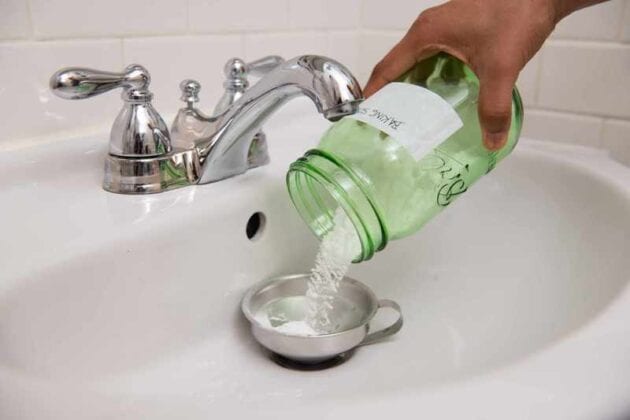 When it comes to household cleaning, vinegar is often hailed as a miracle solution. Made from fermented ethanol, vinegar contains acetic acid which gives it its strong cleaning properties. Its acidic nature makes it a great natural alternative to harsh chemical cleaners, and it is safe to use on most surfaces. But can it really unclog a kitchen sink?
When it comes to household cleaning, vinegar is often hailed as a miracle solution. Made from fermented ethanol, vinegar contains acetic acid which gives it its strong cleaning properties. Its acidic nature makes it a great natural alternative to harsh chemical cleaners, and it is safe to use on most surfaces. But can it really unclog a kitchen sink?
The Science Behind Vinegar's Unclogging Abilities
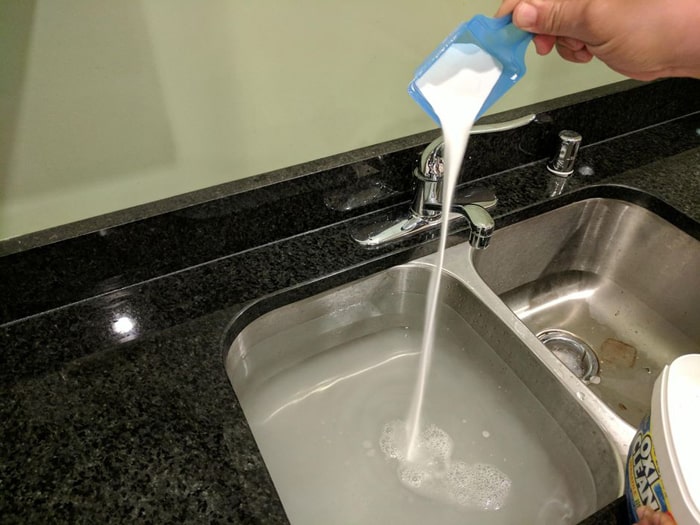 To understand how vinegar can unclog a kitchen sink, we first need to understand the cause of clogs. In most cases, kitchen sink clogs are caused by a buildup of grease, food particles, and other debris, which can block the pipes and prevent water from draining properly. This is where vinegar comes in.
When poured down the drain, vinegar's acidic properties react with the buildup of debris, breaking it down and dissolving it. This allows the debris to be easily flushed away with hot water. Additionally, vinegar also has antibacterial properties, making it effective at killing any bacteria that may be contributing to the clog.
To understand how vinegar can unclog a kitchen sink, we first need to understand the cause of clogs. In most cases, kitchen sink clogs are caused by a buildup of grease, food particles, and other debris, which can block the pipes and prevent water from draining properly. This is where vinegar comes in.
When poured down the drain, vinegar's acidic properties react with the buildup of debris, breaking it down and dissolving it. This allows the debris to be easily flushed away with hot water. Additionally, vinegar also has antibacterial properties, making it effective at killing any bacteria that may be contributing to the clog.
How to Use Vinegar to Unclog a Kitchen Sink
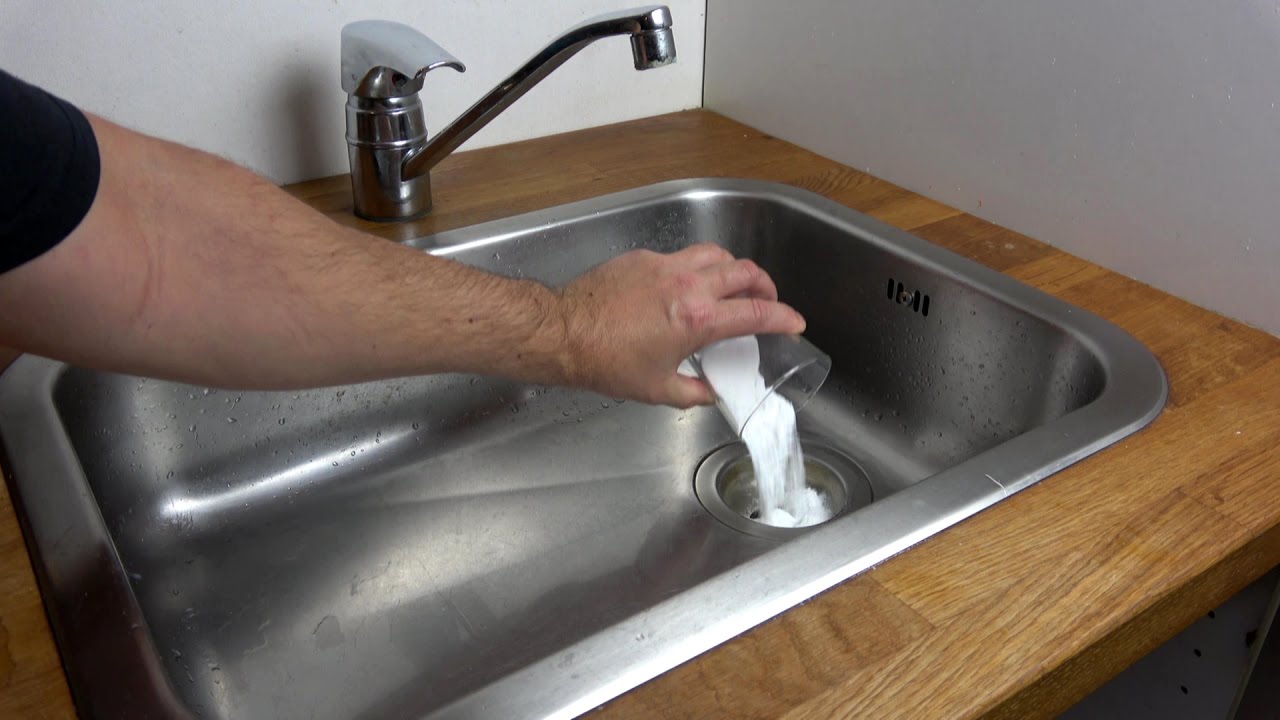 If you're dealing with a stubborn clog in your kitchen sink, here's how you can use vinegar to unclog it:
1. Pour 1 cup of baking soda down the drain, followed by 1 cup of vinegar.
The mixture will start to fizz and bubble, which is a sign that it's working to break down the clog.
2. Let the mixture sit for 15-20 minutes.
This will give the vinegar enough time to react with the debris and break it down.
3. Boil a pot of hot water.
Once the time is up, carefully pour the hot water down the drain. The hot water will help to flush away any remaining debris.
4. Repeat if necessary.
For tougher clogs, you may need to repeat this process a few times to completely clear the drain.
If you're dealing with a stubborn clog in your kitchen sink, here's how you can use vinegar to unclog it:
1. Pour 1 cup of baking soda down the drain, followed by 1 cup of vinegar.
The mixture will start to fizz and bubble, which is a sign that it's working to break down the clog.
2. Let the mixture sit for 15-20 minutes.
This will give the vinegar enough time to react with the debris and break it down.
3. Boil a pot of hot water.
Once the time is up, carefully pour the hot water down the drain. The hot water will help to flush away any remaining debris.
4. Repeat if necessary.
For tougher clogs, you may need to repeat this process a few times to completely clear the drain.
Preventing Clogs in the Future
:max_bytes(150000):strip_icc()/freshen-and-unclog-drain-with-baking-soda-1900466-22-bbf940b70afa4d5abef0c54da23b1d3f.jpg) To keep your kitchen sink running smoothly and prevent future clogs, it's important to properly maintain it. Regularly pouring boiling water down the drain can help to break down any buildup of grease and keep the pipes clear. You can also use vinegar and baking soda as a natural drain cleaner once a month as a preventive measure.
In conclusion, vinegar's acidic and antibacterial properties make it an effective and natural solution for unclogging a kitchen sink. By using it regularly, you can keep your kitchen sink clean and clog-free without the use of harsh chemicals. So the next time you're dealing with a clogged sink, reach for the vinegar instead of the chemical cleaners. Your pipes and the environment will thank you.
To keep your kitchen sink running smoothly and prevent future clogs, it's important to properly maintain it. Regularly pouring boiling water down the drain can help to break down any buildup of grease and keep the pipes clear. You can also use vinegar and baking soda as a natural drain cleaner once a month as a preventive measure.
In conclusion, vinegar's acidic and antibacterial properties make it an effective and natural solution for unclogging a kitchen sink. By using it regularly, you can keep your kitchen sink clean and clog-free without the use of harsh chemicals. So the next time you're dealing with a clogged sink, reach for the vinegar instead of the chemical cleaners. Your pipes and the environment will thank you.



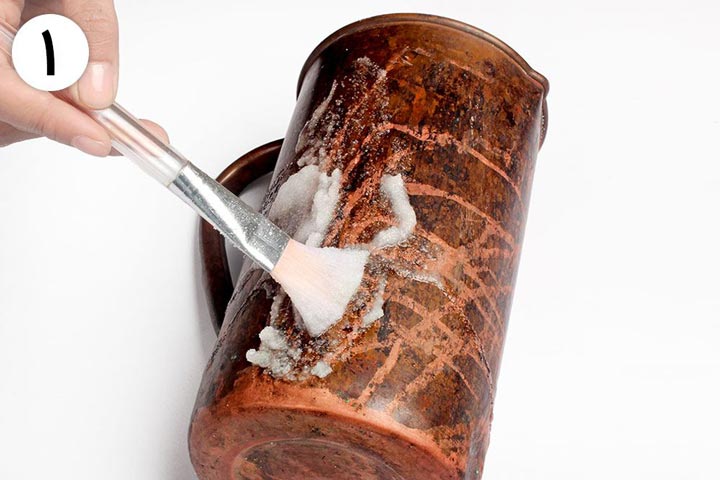
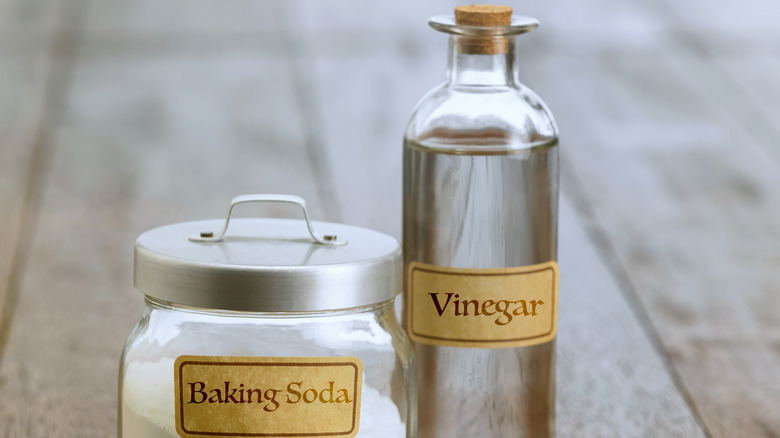
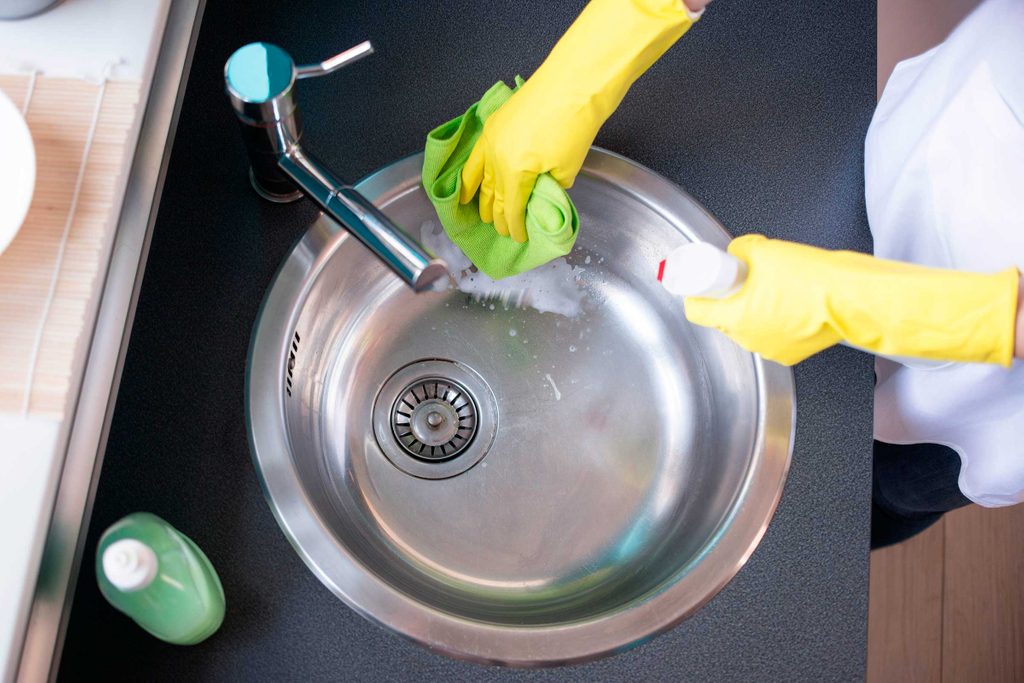

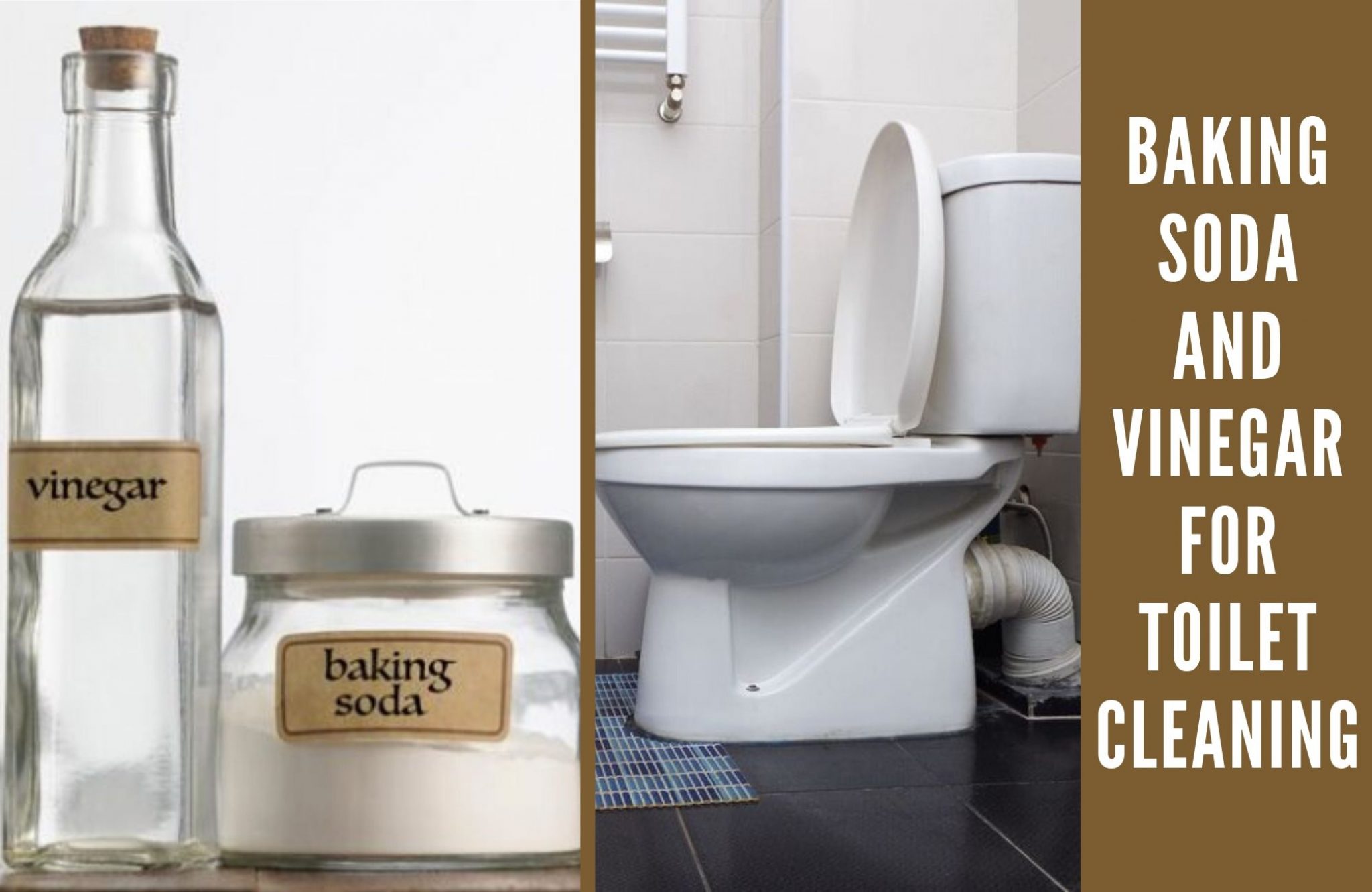
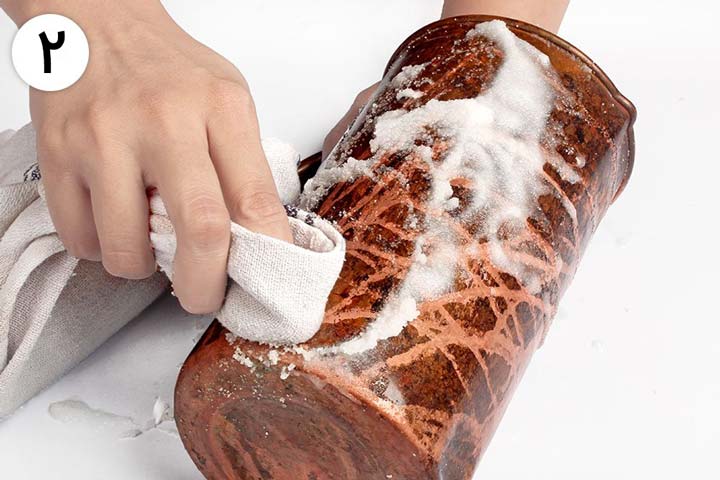






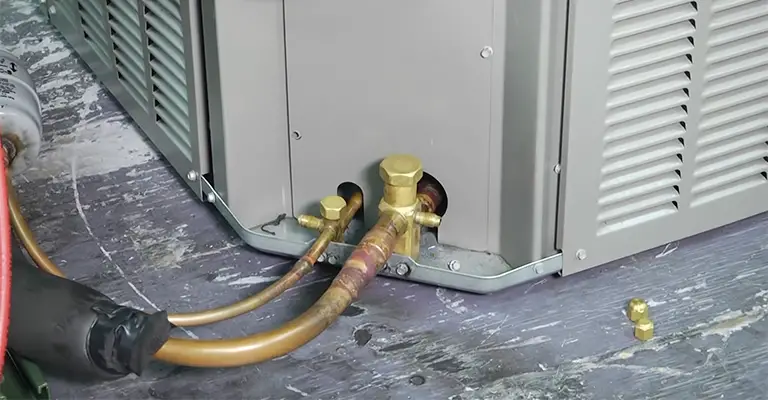
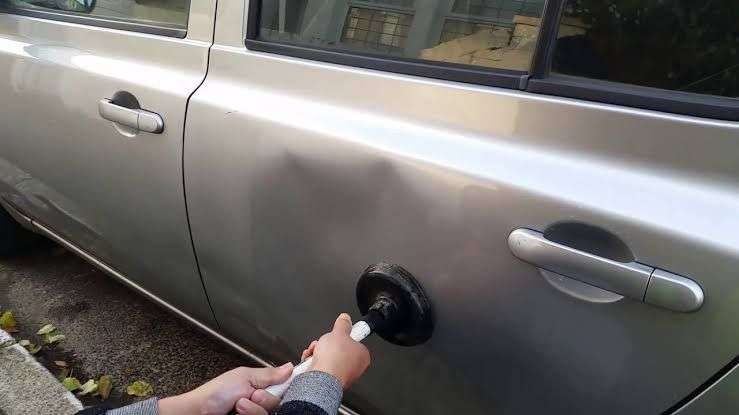









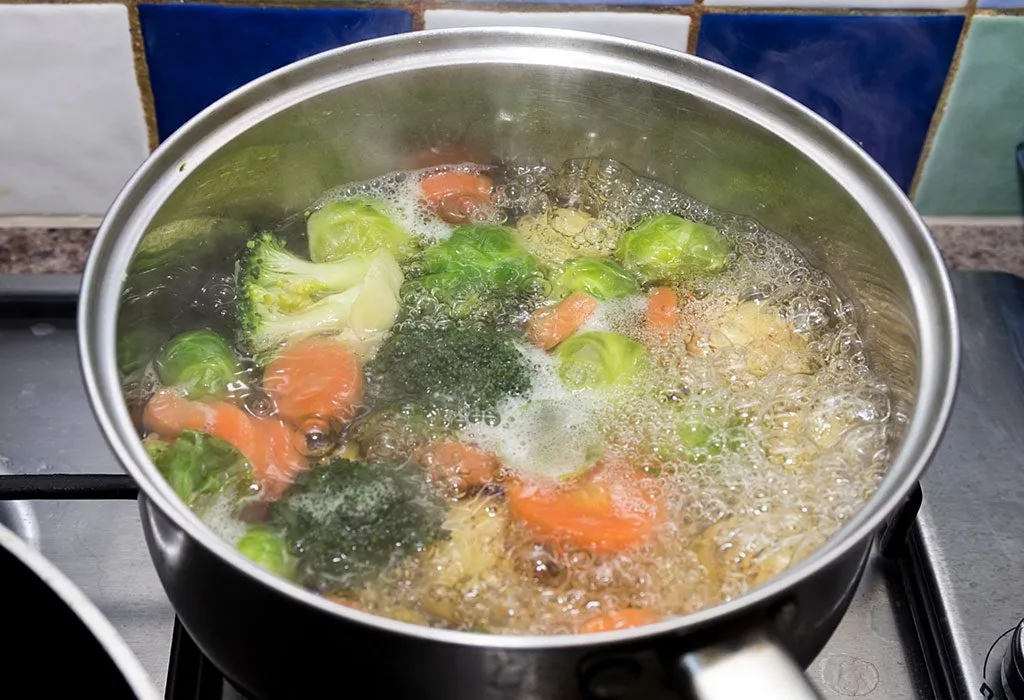
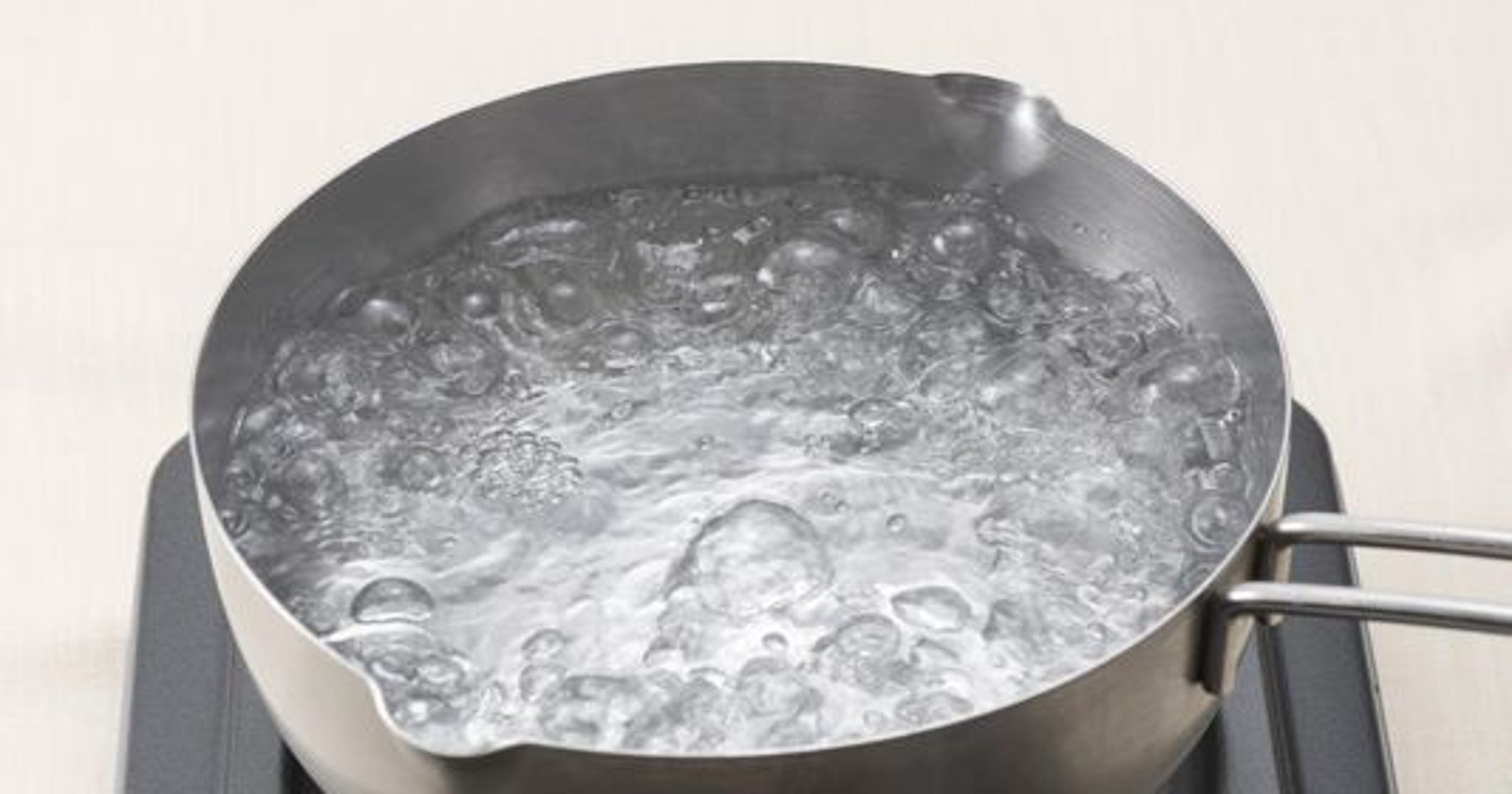
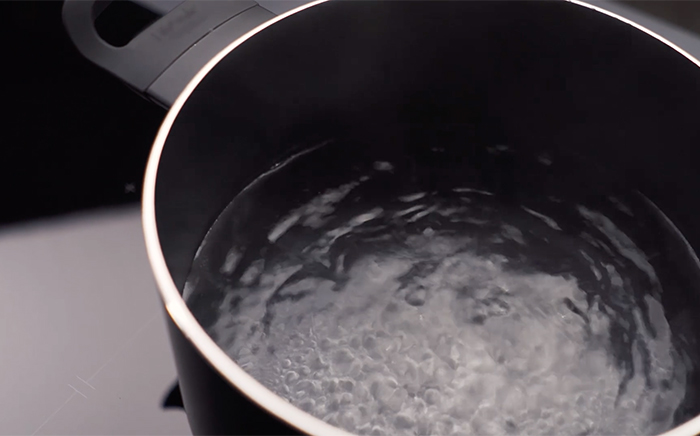
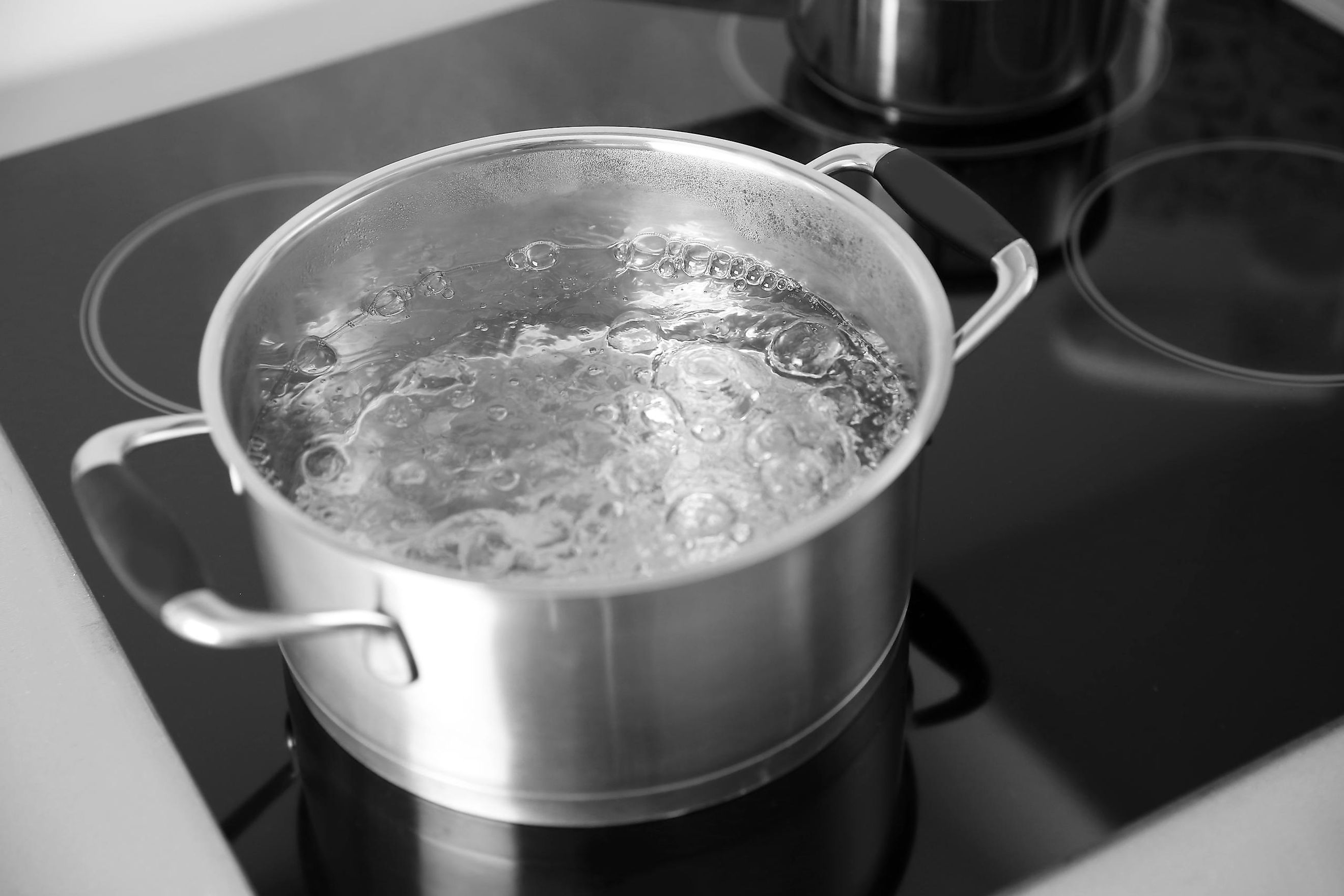
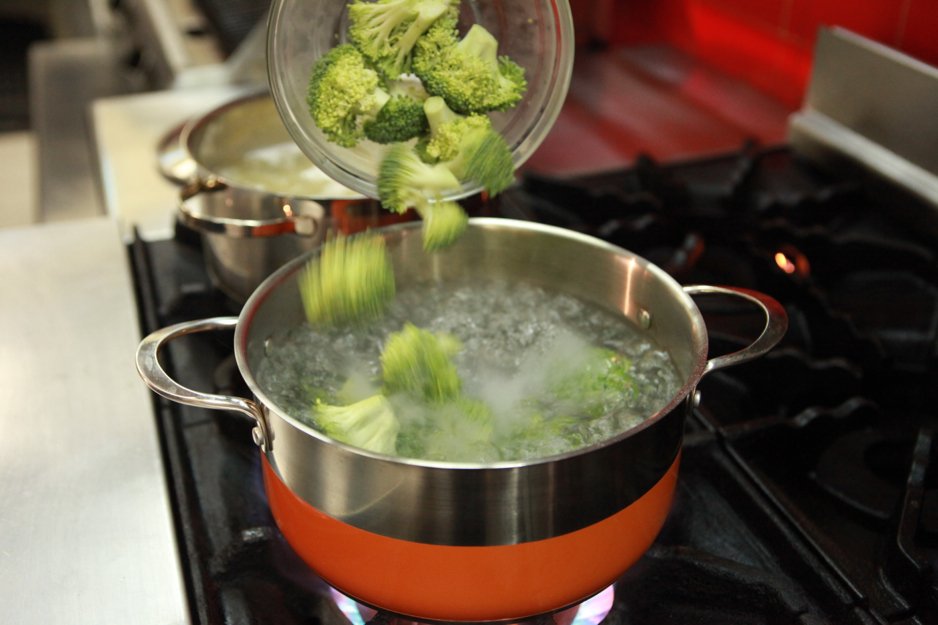


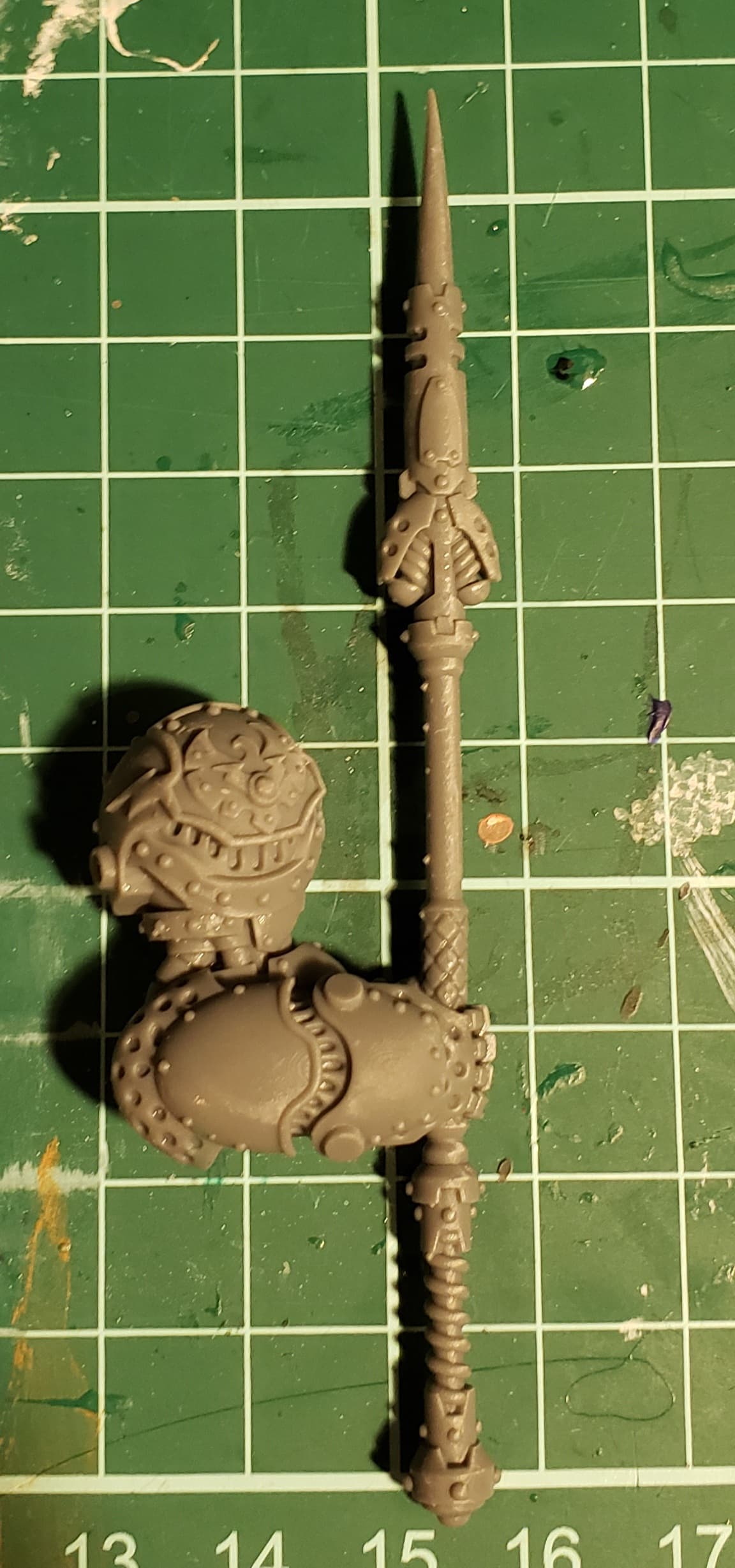



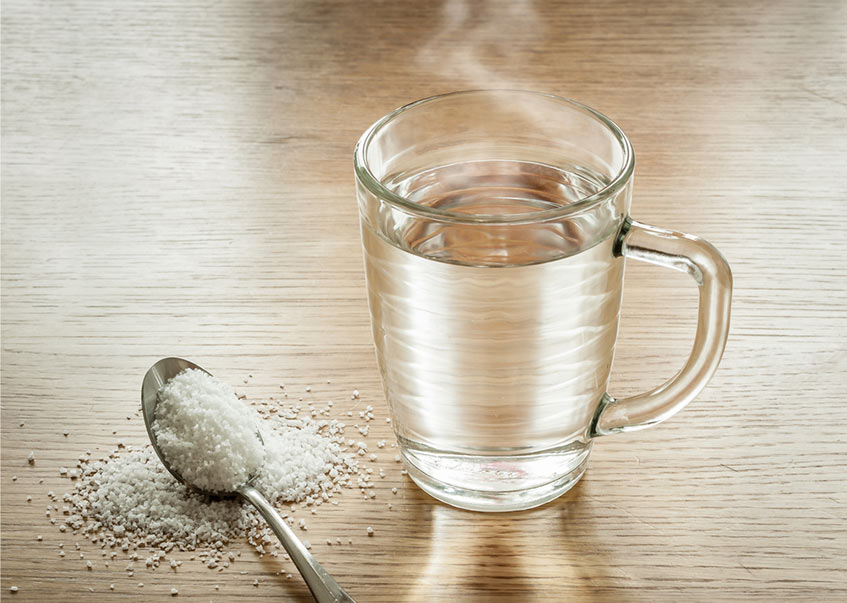


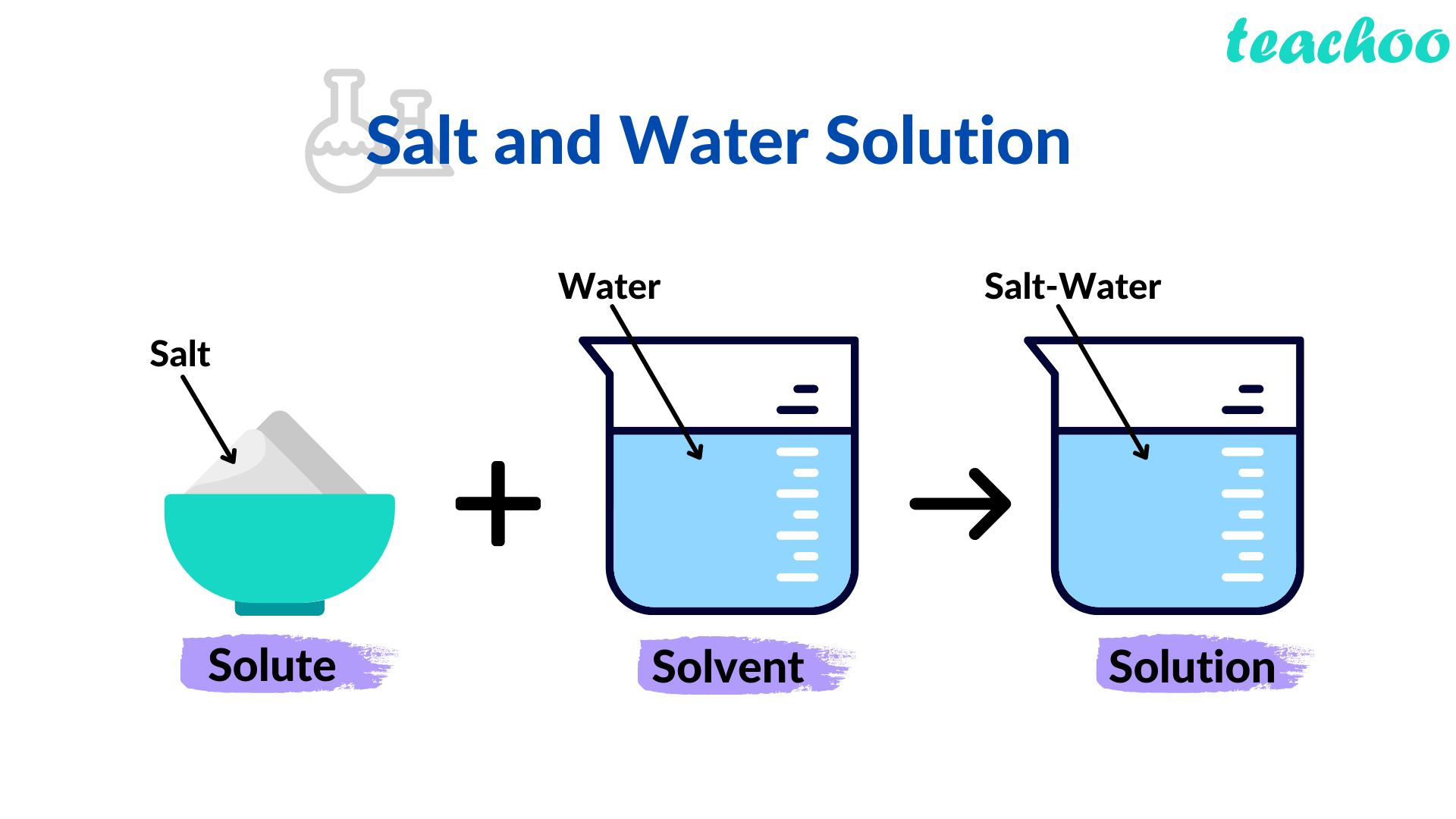

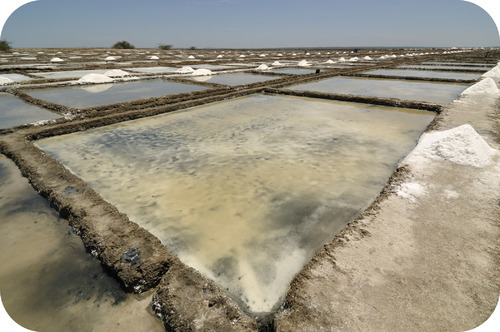




/GettyImages-80566571-5a1ca234aad52b00373338ff.jpg)
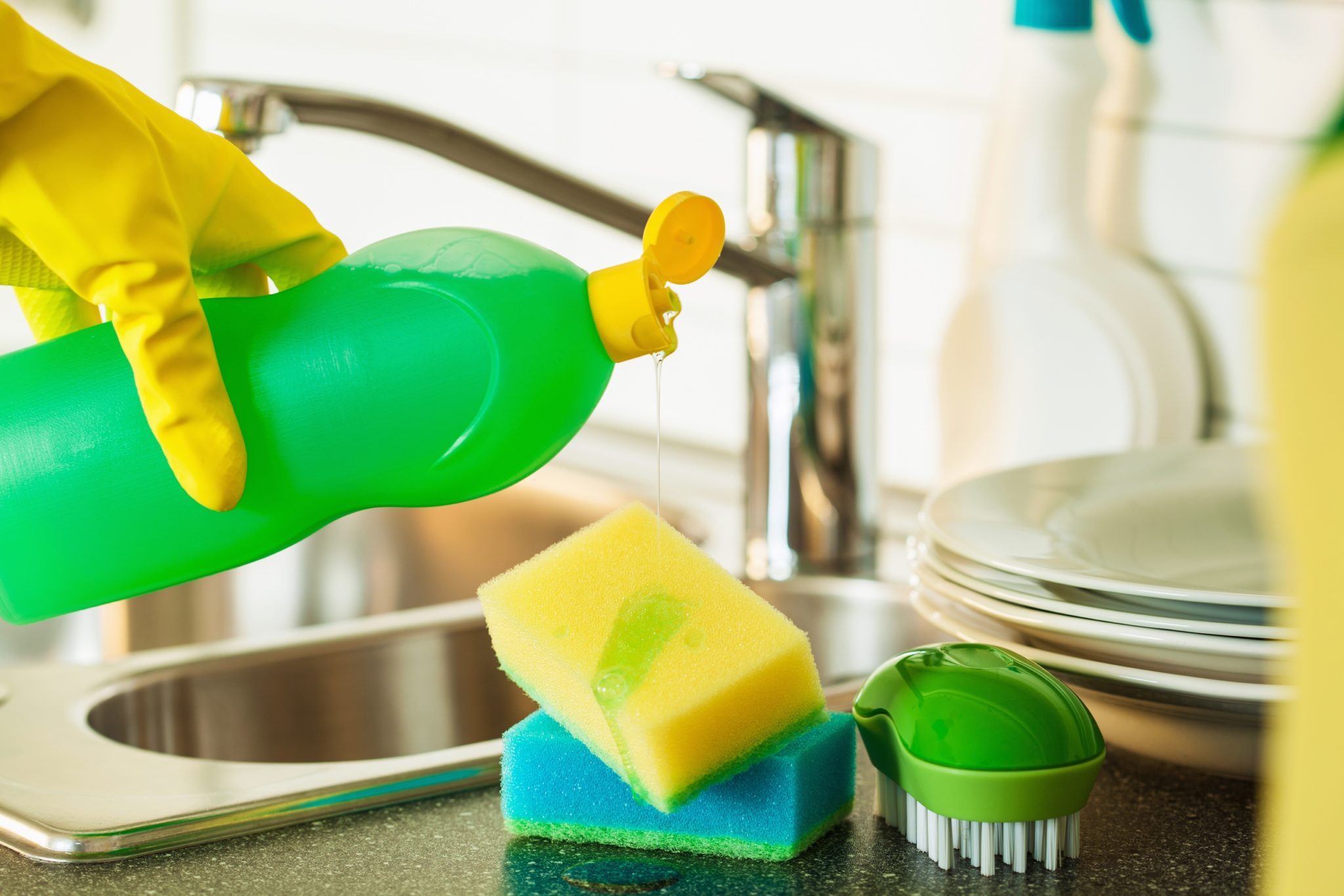
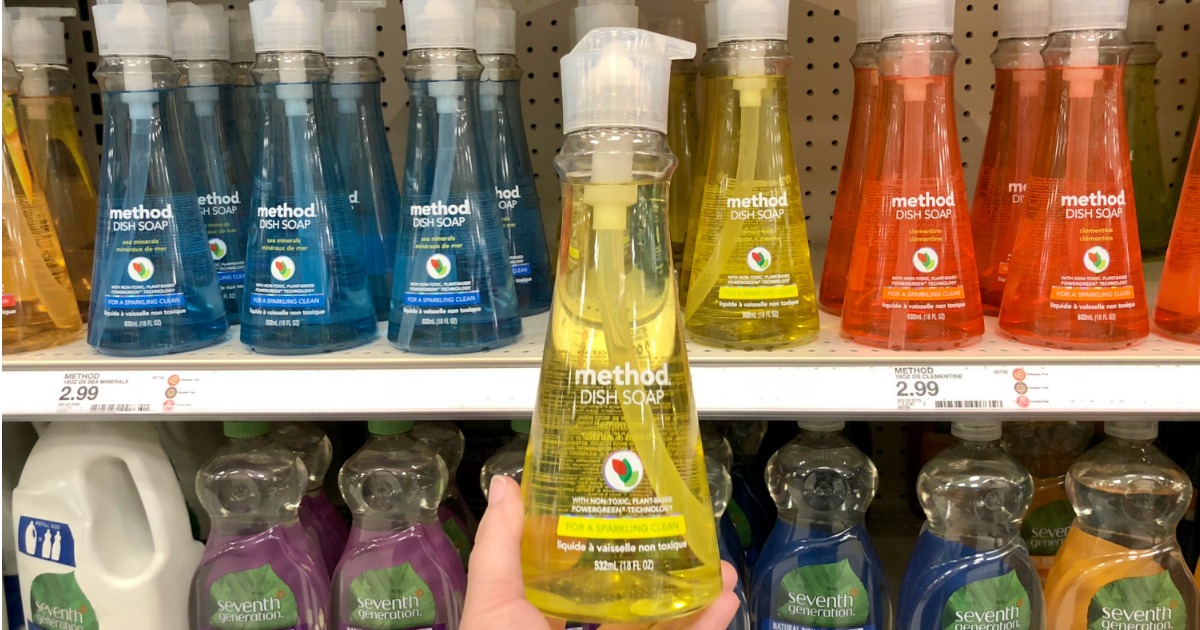







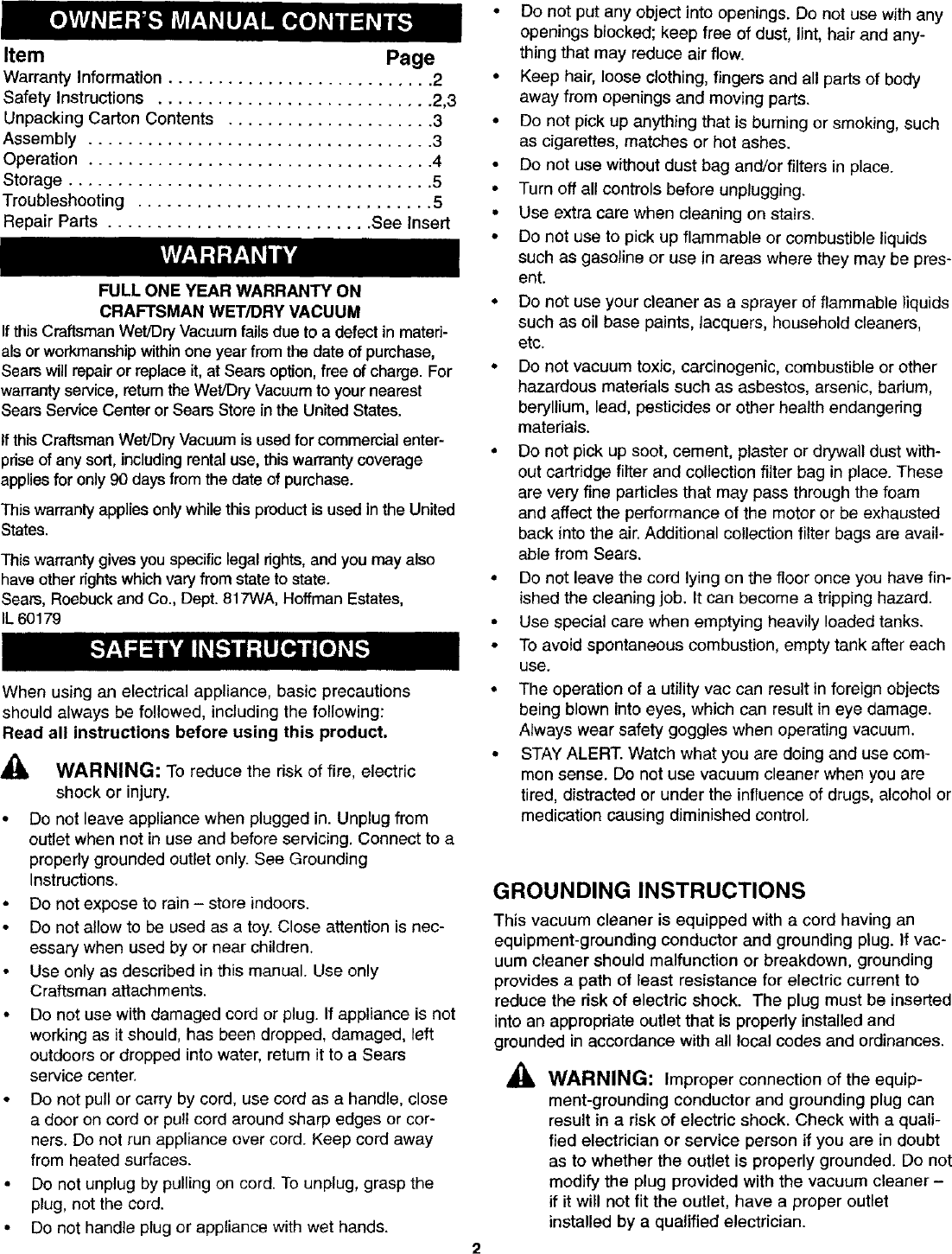
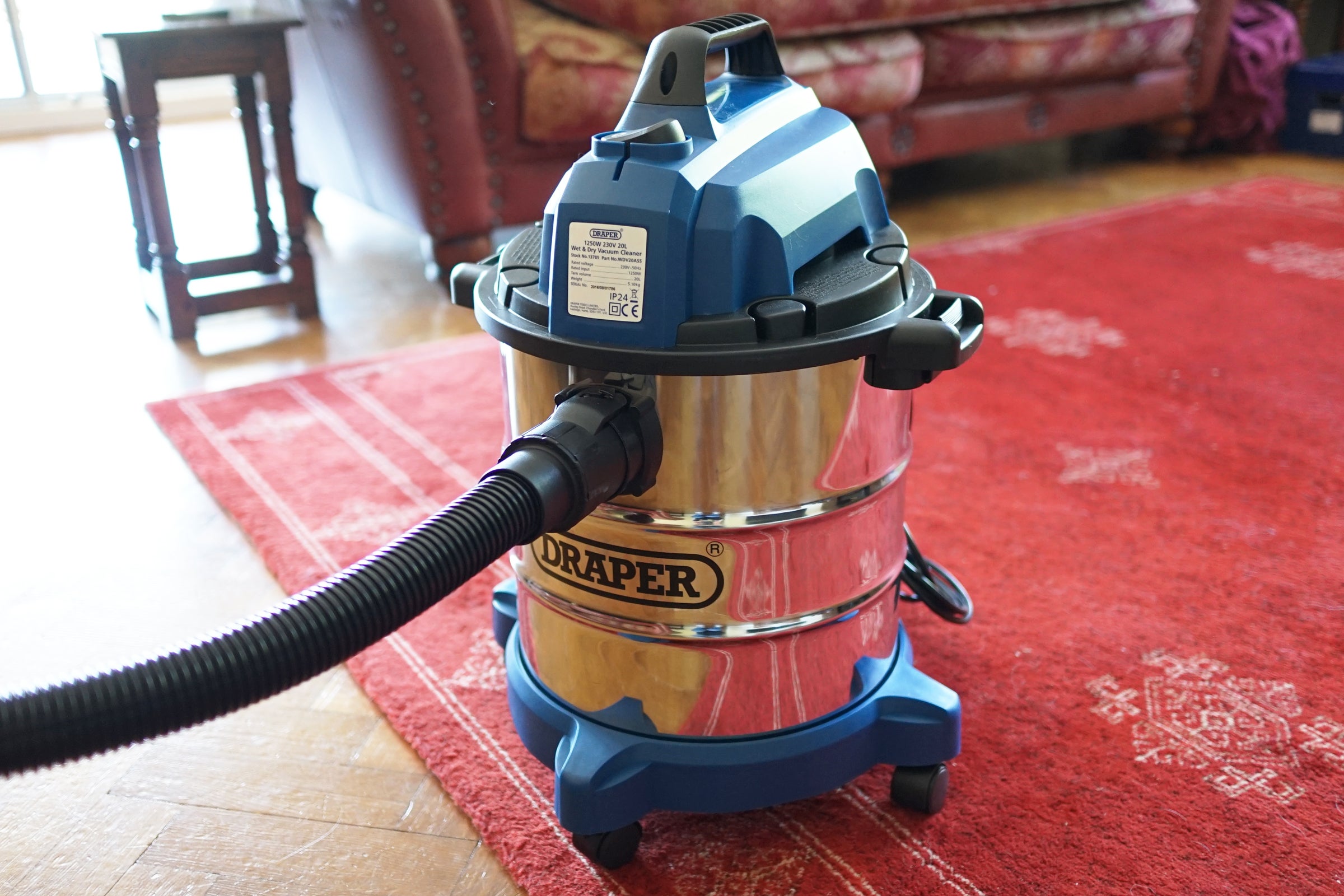

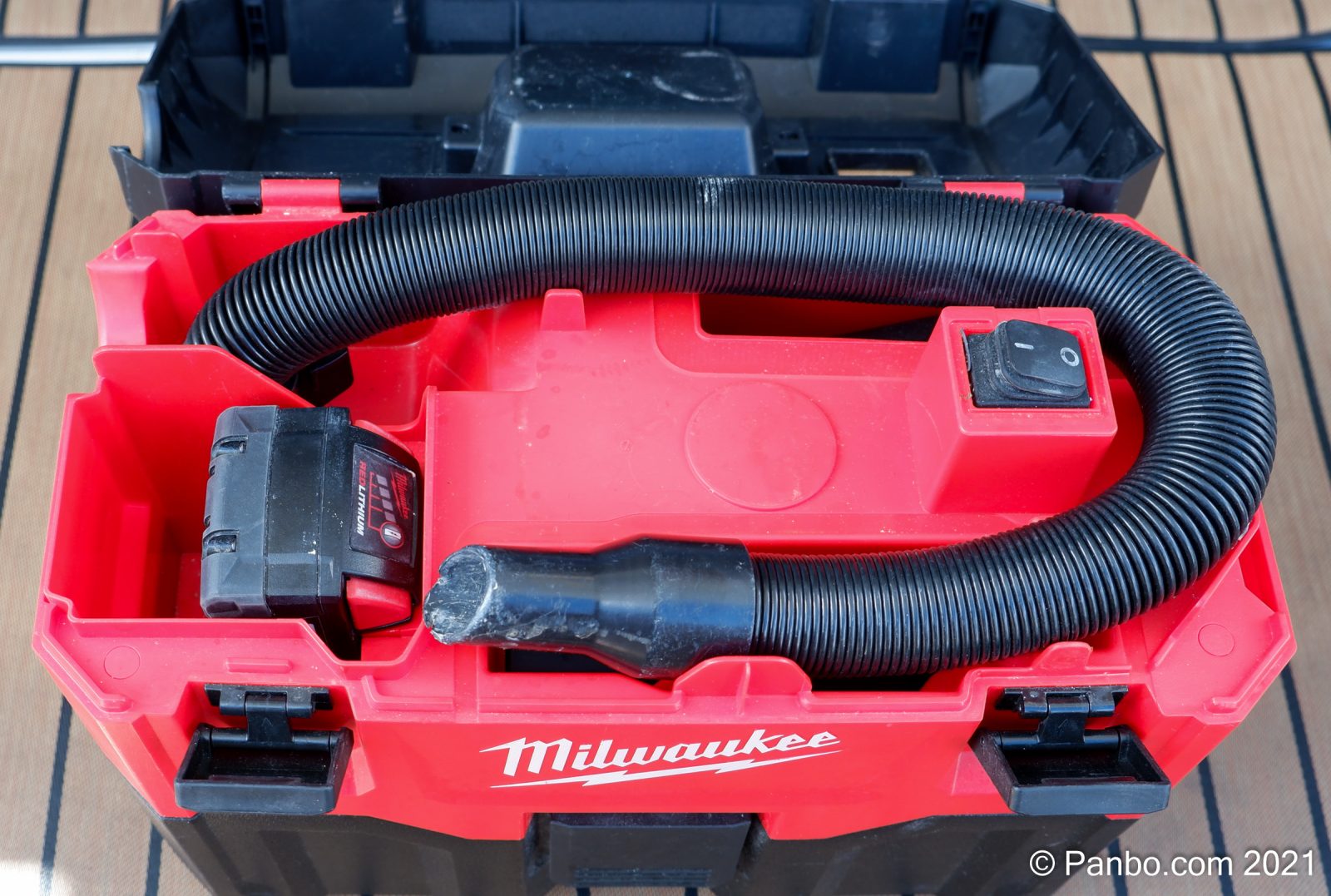





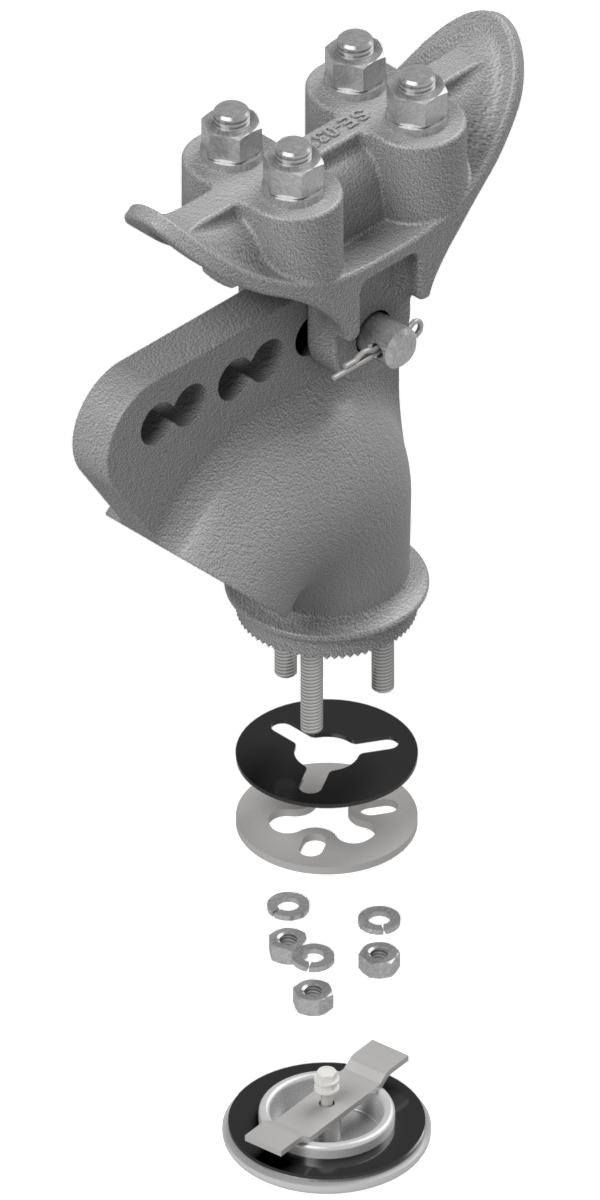












/GreenGobblerRefresh32oz-5bc63b0d4cedfd00266e4611.jpg)
:max_bytes(150000):strip_icc()/SPR-HOME-v2-8-best-drain-openers-4177167-8e4b5c1d411f4b888b7b67f53252aa86.jpg)









